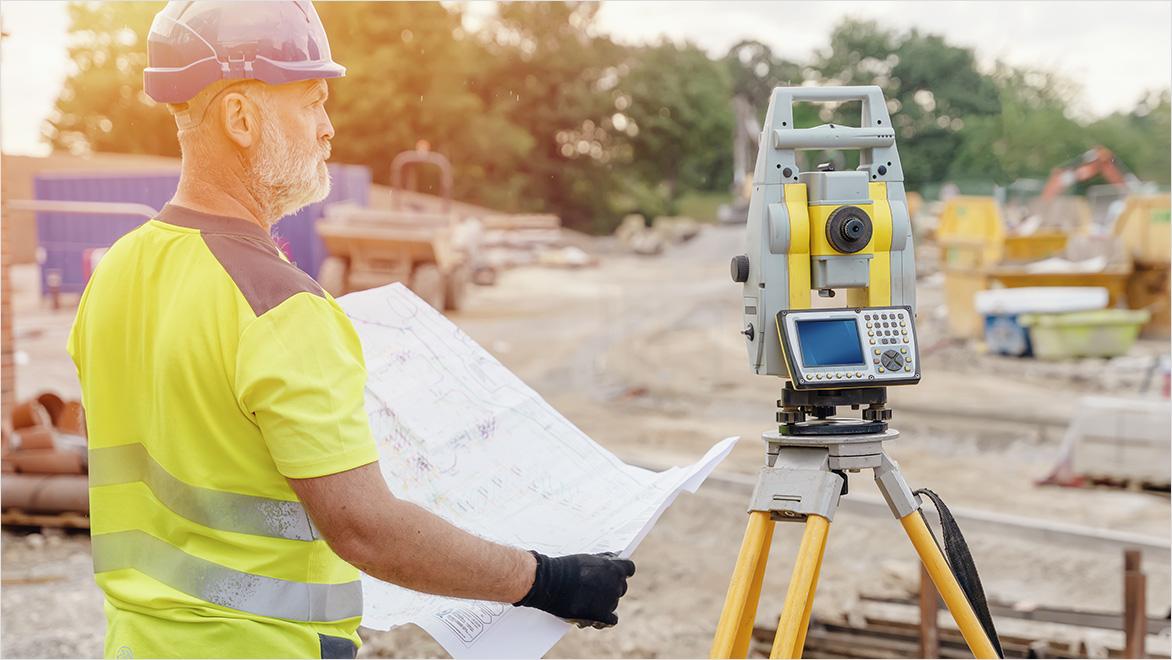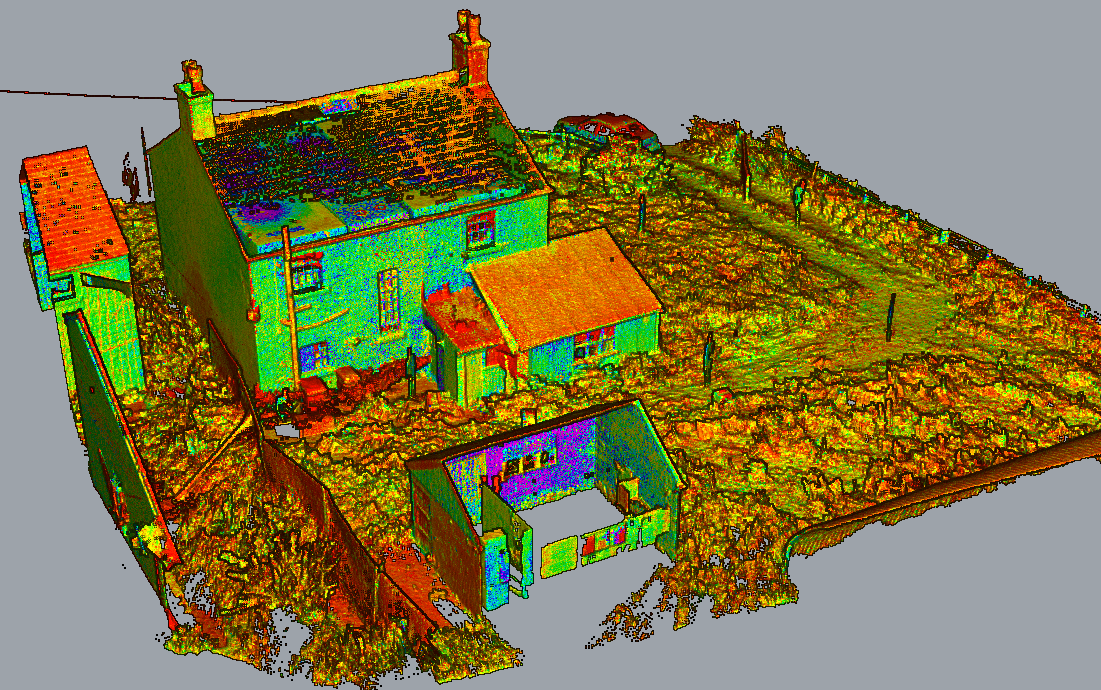How 3D Laser Scanning Changes Architectural Layout and Construction Projects
3D laser scanning is transforming the landscape of architectural design and construction. This technology uses exceptional accuracy in recording existing atmospheres, which assists in far better project planning and execution. It minimizes mistakes while enhancing performance in various phases of growth. The implications for partnership amongst designers, designers, and other stakeholders are substantial. These innovations unlock to new style opportunities and innovative solutions. What exists ahead for this advancing technology?
The Principles of 3D Laser Scanning Innovation
Although 3D laser scanning innovation may seem facility, its core concepts are transformative and straightforward for architectural design. This technology utilizes laser beam of lights to capture precise dimensions of physical frameworks, creating a comprehensive point cloud that represents the scanned environment. A laser scanner sends out rapid pulses of light, measuring the moment it considers the light to return, which enables the estimation of ranges with impressive precision.
The resulting point cloud can be exchanged a 3D design, offering architects with indispensable aesthetic data. This model makes it possible for experts to adjust and assess style aspects within their jobs, enabling for innovative remedies and improved visualization. By using 3D laser scanning, designers can much better comprehend the existing conditions of a site, guaranteeing that brand-new styles integrate with their environments. This combination of modern technology into architectural design notes a considerable advancement, cultivating creative thinking and accuracy in the field.

Enhancing Accuracy and Effectiveness in Architectural Projects
As building jobs significantly demand precision and speed, 3D laser scanning becomes a crucial tool in enhancing both precision and efficiency. This innovation captures countless data factors in a brief timeframe, creating accurate and in-depth 3D versions of existing frameworks. The capacity to obtain precise dimensions decreases the danger of errors during the design phase, enabling architects to visualize their projects with unequaled quality.
The quick data collection process minimizes the time spent on-site, allowing groups to focus on analysis and design renovations. With real-time information schedule, modifications can be made swiftly, promoting a much more streamlined workflow. The integration of 3D laser scanning into building methods not just boosts dimension accuracy yet also boosts the total job timeline, facilitating quicker decision-making. In a market where precision is crucial, this technology stands as a transformative force, raising the standards of building style and building and construction jobs.
Streamlining Collaboration Amongst Stakeholders
While typical architectural processes often involve fragmented communication amongst stakeholders, 3D laser scanning fosters a more natural collaborative atmosphere. By giving precise, high-resolution information, this innovation permits architects, clients, engineers, and service providers to run from a unified point of recommendation. The detailed visualizations generated through laser scanning eliminate false impressions and uncertainties, guaranteeing that all celebrations have access to the exact same information.
This transparency improves decision-making and encourages timely responses, as stakeholders can easily visualize design elements and spatial partnerships. In addition, the assimilation of 3D scanning information right into Building Info Modeling (BIM) systems better improves partnership, permitting for real-time updates and alterations. Such seamless interaction not just reduces problems but also accelerates task timelines, as all stakeholders remain aligned throughout the layout and building and construction phases. Eventually, 3D laser scanning transforms traditional operations right into an extra reliable and collaborative process, profiting all parties entailed.
Opening Imaginative Opportunities in Design
By making it possible for engineers to envision complicated detailed details and spatial partnerships, 3D laser scanning reveals innovative opportunities in design. This modern technology enables for accurate mapping of existing settings, enabling engineers to check out ingenious principles that may have formerly seemed not practical. With highly exact information, designers can try out non-traditional kinds and materials, pressing the limits of conventional design.
The integration of 3D laser scanning into the style procedure promotes cooperation among multidisciplinary teams, urging the exchange of ideas and improving creative thinking. The detailed visualizations generated by this innovation not just aid in determining potential style difficulties but additionally inspire remedies that might not have actually been considered. Because of this, designers can create a lot more engaging and dynamic areas that resonate with customers while satisfying practical demands. Eventually, 3D laser scanning changes the architectural landscape, empowering developers to realize their visions with unmatched precision and creativity.
The Future of 3D Laser Scanning in Architecture and Construction
The combination of 3D laser scanning right into architectural design not just boosts creative thinking yet likewise sets the phase for its evolving duty in the future of design and building. As innovation developments, the accuracy and performance of laser scanning will certainly remain to boost, making it possible for designers and home builders to produce much more complicated styles with accuracy - 3D Scanning. The use of this technology in real-time information collection will facilitate much better decision-making, decreasing mistakes and simplifying process
Future applications might internet include enhanced and virtual reality integrations, allowing stakeholders to picture tasks in immersive atmospheres. In enhancement, as sustainability becomes a concern, 3D laser scanning will certainly support the development of energy-efficient layouts by offering detailed understandings right into existing structures. As cooperation among different disciplines comes to be more important, the capability to share precise 3D versions will foster development and improve task results. Inevitably, 3D laser scanning will redefine standards in architectural style and construction practices.
Regularly Asked Questions
What Is the Expense of Implementing 3D Laser Scanning Innovation?
How Lengthy Does a Common 3D Laser Scanning Job Take?
A regular 3D laser scanning project can take anywhere from a couple of hours to several days, depending upon aspects such as the task's size, intricacy, and the degree of information needed for exact information capture.
What Sorts Of Projects Advantage Most From 3D Laser Scanning?
3D laser scanning benefits numerous tasks, particularly large constructions, historic restorations, and complex renovations. It enhances accuracy in dimensions, minimizes errors, and offers comprehensive information crucial for reliable preparation and execution in architectural style and construction.

Exist Details Software Programs Required for 3D Laser Scans?
Yes, specific software application are essential for that site processing 3D laser scans. 3D Scanning. Popular choices include Autodesk ReCap, Faro Scene, and Leica Cyclone, each offering distinct functions customized for assessing and imagining checked information effectively in numerous tasks
Just How Does 3D Laser Scanning Influence Environmental Sustainability in Building And Construction?
3D laser scanning enhances environmental sustainability in building and construction by minimizing material waste, making it possible for specific measurements, and promoting effective source usage. This modern technology permits much better preparation, minimizing the eco-friendly footprint of building and construction jobs through boosted precision and effectiveness.
3D laser scanning is transforming the landscape of architectural style and building and construction. 3D laser scanning technology may appear complicated, its core principles are simple and transformative read the article for architectural style. By making it possible for architects to picture complex spatial partnerships and intricate information, 3D laser scanning exposes imaginative opportunities in design. The assimilation of 3D laser scanning into the design process promotes partnership amongst multidisciplinary groups, urging the exchange of ideas and enhancing imagination. The assimilation of 3D laser scanning right into building design not only improves creative thinking but also establishes the stage for its developing role in the future of architecture and construction.